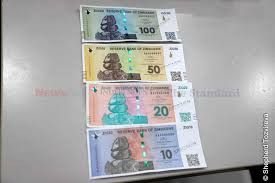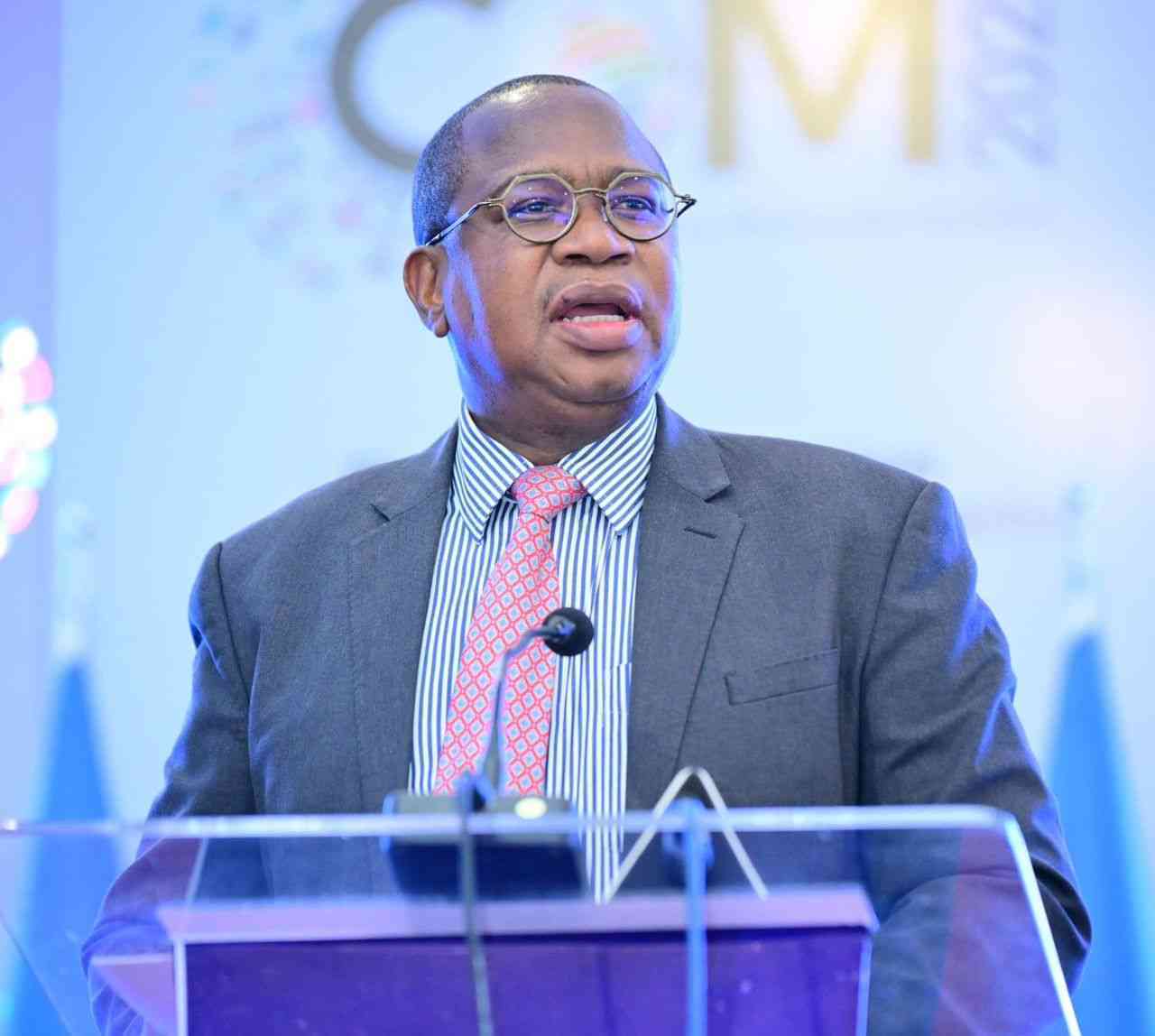
THE introduction of the Zimbabwean Gold-backed currency (ZWG) on April 5, 2024, marked a significant change in Zimbabwe’s monetary policy.
Initially pegged at an exchange rate of US$1 to ZWG13 5686 on the interbank market, the ZWG was designed to stabilise the economy and curb hyperinflation.
However, by September 23, 2024, the interbank rate had depreciated to US$1 to ZWG13 9802, a 3% decline, while the parallel market rate urged to ZWG28 per US$1, reflecting a 50% devaluation. This 100% exchange premium signals a critical threat to the ZWG’s functionality as a reliable store of value and medium of exchange. Market sentiment and confidence play a pivotal role in determining exchange rates. The ZWG was introduced with the aim of restoring faith in the local currency, its value linked to global gold prices and backed by gold reserves as a key component in a basket of assets.
However, Zimbabwe's history of hyperinflation and currency collapse has left a lasting imprint on public confidence.
In contrast, the parallel market rate is driven by supply and demand dynamics, and its rapid depreciation highlights a significant lack of trust as individuals and businesses opt to hold US dollars, a more stable currency, as a safeguard against uncertainty. The 100% exchange premium between the interbank and parallel market rates poses significant risks to the economy, demanding immediate action.
Major retailers such as TM Pick n Pay, OK Zimbabwe, Spar, and Edgars, through the Retailers Association of Zimbabwe, have already warned of an impending "trade crisis". They are calling for government intervention to address the exchange rate distortions and the impact of the exchange premium on gross margins. A primary consequence of this premium is the intensification of inflationary pressures. Businesses that source foreign currency from the parallel market face higher costs, which are then passed on to consumers through increased prices for goods and services.
To mitigate exchange rate losses, retailers are compelled to raise USD prices, which in turn leads to a proportional increase in local currency prices. This inflationary trend erodes consumers' purchasing power and escalates the overall cost of living.
In addition to inflationary concerns, the wide exchange premium creates fertile ground for currency arbitrage, which could lead to artificial shortages. Arbitrage involves acquiring US dollars at the interbank rate and reselling them on the parallel market for profit.
- Zimbabwe needs to rethink economic policies
- Zimbabwe needs to rethink economic policies
- Forex demand continues to fall
- Digital platforms transfer ZW$8tn
Keep Reading
This practice intensifies demand for US dollars on the interbank market while increasing supply on the parallel market, further devaluing the ZWG and fueling inflation.
The situation is particularly dangerous given the stable 20% interest rate, allowing investors to borrow in ZWG at the official rate and convert their holdings to US dollars, potentially yielding higher returns from foreign investments. This strategy could lead to capital flight, as investors move funds abroad in search of better returns, accelerating ZWG depreciation.
Meanwhile, the Reserve Bank of Zimbabwe (RBZ) has been intervening on the interbank market through foreign currency injections, aimed to stabilise the exchange rate by increasing the supply of foreign currency.
In August, US$64 million was injected, following US$50 million in July. Despite these efforts, the parallel market rate continues to rise, indicating limited effectiveness in addressing the underlying issues. The injections provide temporary relief but do not address the fundamental factors driving the depreciation of the ZWG. In 2023, the RBZ injected approximately US$60 million per month into the currency auction system to stabilise the ZWL. Despite these interventions, the ZWL continued to depreciate, leading to its replacement by the ZWG in April 2024. Increased supply of ZWG in the third quarter of the year is single-handedly responsible for the rapid devaluation on the parallel market, and if not controlled, ZWG is headed for a worse-off fate than its predecessors.
Relying solely on the US dollar makes Zimbabwe heavily dependent on foreign currency inflows.
Any disruptions in remittances, exports, or foreign aid can lead to liquidity crises.
The informal economy, which relies heavily on cash transactions, may face challenges accessing USD.
This limitation will hinder the growth and sustainability of small businesses and informal traders who hold the backbone of the country.
Given the significant revenue losses due to informalisation and exchange rate mismanagement, fully dollarising Zimbabwe’s economy appears to offer more immediate benefits in terms of stability and investor confidence.
However, the loss of monetary policy control and dependence on foreign currency inflows are critical drawbacks. A balanced approach that includes strengthening local currency management and economic policies, while considering partial dollarisation, may provide a more sustainable solution for Zimbabwe’s future.
- Duma is a financial analyst and accountant at Equity Axis, a leading media and financial research firm in Zimbabwe. — twdumah@gmail.com or tinashed@equityaxis.com, Twitter: TWDuma_










